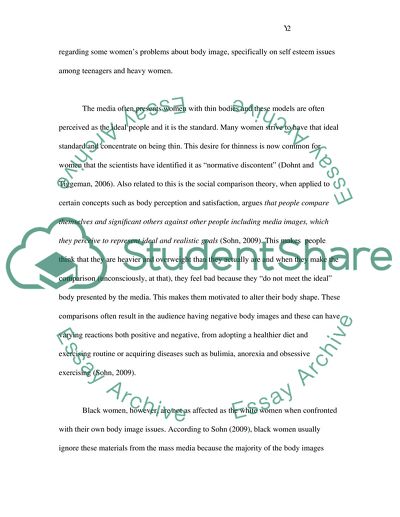Cite this document
(“The Effect of the Media on Male and Female Body Images Essay - 1”, n.d.)
Retrieved from https://studentshare.org/gender-sexual-studies/1419047-the-effect-of-the-media-on-male-and-female-body-images
Retrieved from https://studentshare.org/gender-sexual-studies/1419047-the-effect-of-the-media-on-male-and-female-body-images
(The Effect of the Media on Male and Female Body Images Essay - 1)
https://studentshare.org/gender-sexual-studies/1419047-the-effect-of-the-media-on-male-and-female-body-images.
https://studentshare.org/gender-sexual-studies/1419047-the-effect-of-the-media-on-male-and-female-body-images.
“The Effect of the Media on Male and Female Body Images Essay - 1”, n.d. https://studentshare.org/gender-sexual-studies/1419047-the-effect-of-the-media-on-male-and-female-body-images.


